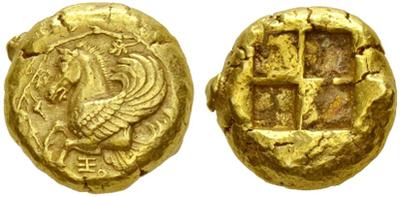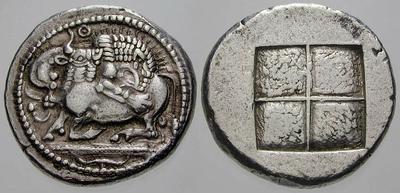Rule 1) Buy what you like. Buy coins you think are awesome, beautiful, important, historically meaningful and you'll never be disappointed. Buying coins to outsmart the market is the ultimate fool's game.

Rule 2) Always buy the best you can possibly afford. There's a good reason that the coin with just a small barely noticeable problem is way cheaper. Only the best appreciates over time. That doesn't mean the single best coin. But a coin near the top of its class. Lesser issues may keep up with inflation for a time, but over time they will depreciate. That doesn't mean that a coin has to be perfect. Certain issues are always degraded. But you can still buy near the best that issue has to offer. The Electrum Stater of Lampsakos above, is clearly far from perfect. But for the issue it's magnificent. Know your issues.
Rule 3) Unless you really know what you're doing, buy graded coins. Many uncertified coins are smoothed, tooled, repaired, overgraded, photoshopped, or downright fakes.

Rule 4) Beware 1 sided coins. One excellent side - and one rougher side can be very tough to resell. The roughness on the seemingly irrelevant reverse on this coin really hurts its value!
Rule 5) If a deal appears too good to be true - it is. There are no bargains out there at the high end. And if you're not buying at the high end of what you can afford, you're buying a depreciating asset. So it might seem like a great deal now. But in five years it probably won't. Sure, every now and then something slips through the cracks at auction. If that happens, great. But in general, there are only well selected, well considered purchases, and poorly selected - poorly considered purchases. Well selected, well considered purchases are good deals. You get something you really want in top condition at a fair price. You'll never be sorry you bought it.
No comments:
Post a Comment